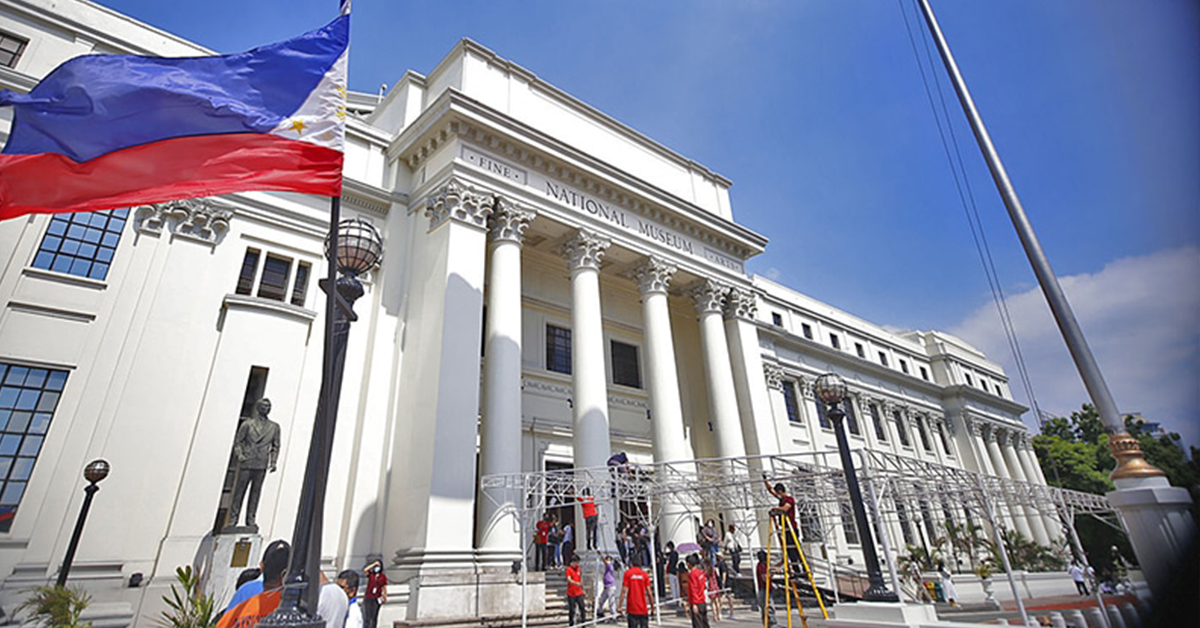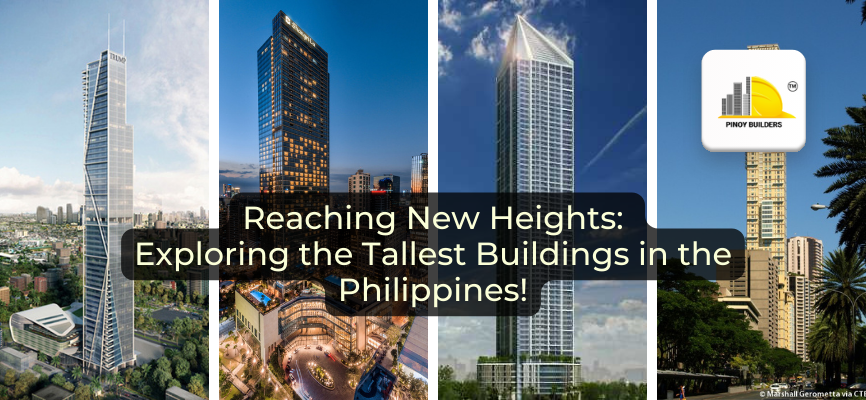The National Museum traces back its roots as far as 1887, when a royal order from the Spanish Government established the Museo-Biblioteca de Filipinas. The building went through a couple of rocky years as different offices used it before being re-established as the National Museum that we know today in 1998.
The National Museum then went through a couple of renovations before finally being opened again in 2018 to the endearing public. Apart from the treasures that it holds, there is also a lot to be learned about the National Museum that tour guides might not get to tell you because of the site’s vast history.
With President Ferdinand “Bongbong” Marcos Jr. having taken his inauguration at the National Museum, let’s look at some of the lesser-known facts about the museum.
5 Interesting Things to Know About the National Museum of the Philippines
The National Museum of the Philippines is definitely one of the most visited places in Metro Manila because of its grandeur, design, and its trove of knowledge on various topics. It’s only fair to acknowledge the facts that people might not know about the museum.
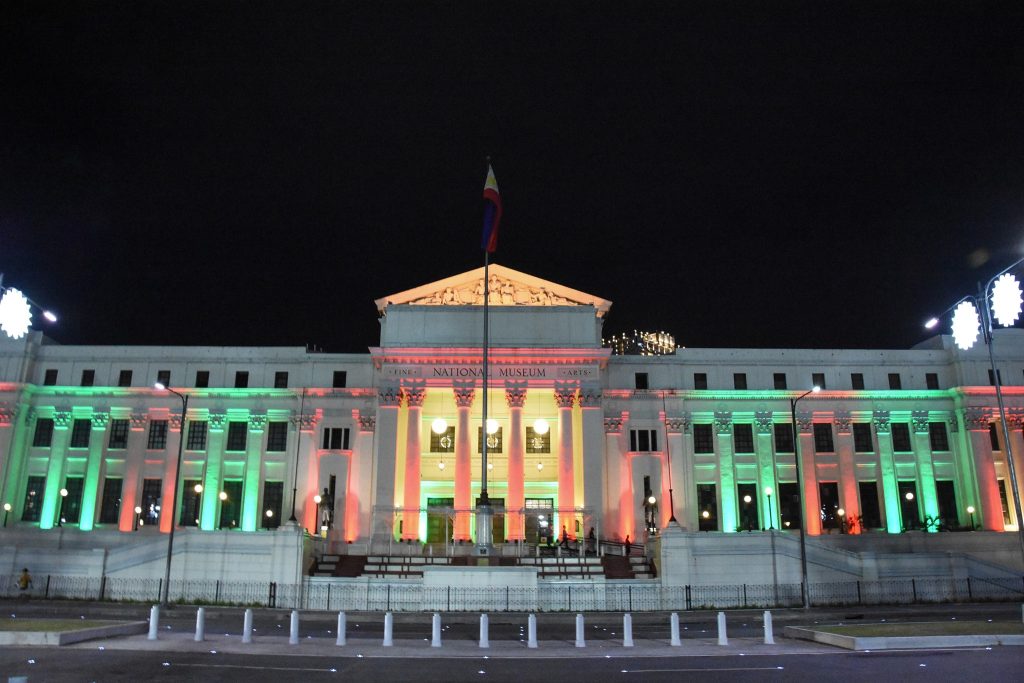
Here are five things that you ought to know about the National Museum:
Building Design
The National Museum of Natural History boasts an American neoclassical structure that incorporates Corinthian columns, an ornate façade, classical ornamentation, and a Renaissance-inspired sculptural design. Architect Antonio Toledo designed the building, with construction completed in 1941 to house the original office of the Department of Agriculture.
Presidential Inaugurations
President Ferdinand Marcos Jr. is not the first to be inaugurated in the National Museum. The museum has served as the inaugural site of three other presidents, namely Manuel Quezon, Jose Laurel, and Manuel Roxas. President Marcos is now the fourth President to call the National Museum his inaugural site.
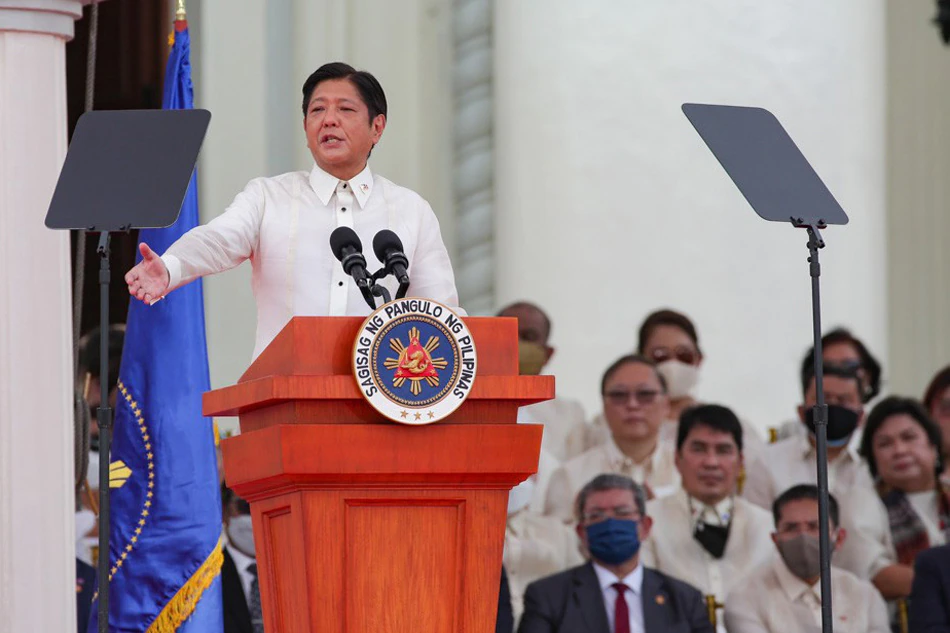
The Old Legislative Building
Before housing astounding art pieces and other exhibits, the National Museum used to be a legislative building before being abolished in 1973. It used to house the Senate and the House of Representatives, but was later turned into the Philippine National Museum in 1998.
The Museo-Biblioteca de Filipinas
The National Museum can trace its history back to 1887 with the rise of the Museo-Biblioteca de Filipinas. It opened in Intramuros before being abolished during the American occupation. Afterwards, a successor to the Museo, the Insular Museum of Ethnology, National History and Commerce, was established on October 29, 1901 by the Department of Public Instruction by the Philippine Commission.
The Tree of Life
Arguably, the highlight of the National Museum is an attraction called “The Tree of Life”. It’s an architectural structure that mimics DNA – fitting, as they are the building blocks of life. The structure resembles that of a tree and stands in the central courtyard. It’s an amalgamation of nature and the arts – befitting of the National Museum.

Truly, the National Museum stood the test of time. It’s one of the best places to learn more about our country, its history, culture, and even its wildlife. It’s also a great place to spend time with your loved ones or friends as you discover more about the country. The National Museum is a part of our heritage and will continue to be a spot to visit in the years to come.
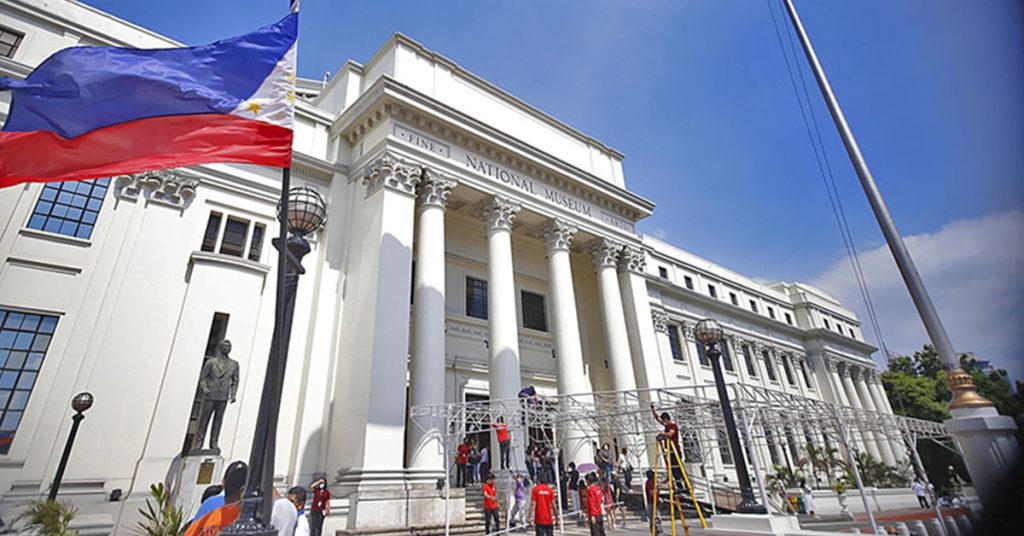
Citations:
- Boncan-Buensalido, N. (2015, April 13). 7 things you should know about the National Museum | Nikki Boncan-Buensalido. BusinessMirror. https://businessmirror.com.ph/2015/04/13/7-things-you-should-know-about-the-national-museum/
- Philippines, T. (2022, June 10). How Many Presidents Were Inaugurated at The National Museum of The Philippines? Tatler Asia. https://www.tatlerasia.com/power-purpose/ideas-education/things-to-know-national-museum
- FilipiKnow. (2015, June 5). 12 Astonishing Lesser-Known Attractions at the National Museum. FilipiKnow. https://filipiknow.net/national-museum-of-the-philippines/
- ericbanes. (2017, October 30). 10 Things you should know about our very own National Museum of Natural History (Updated July 2021). Of Trips and Travel Notes. https://banebanerbanest.wordpress.com/2017/10/30/10-things-you-should-know-about-our-very-own-national-museum-of-natural-history/
- National Museum of the Philippines. (2019). National Museum of the Philippines Official Website. National Museum of the Philippines. https://www.nationalmuseum.gov.ph/

